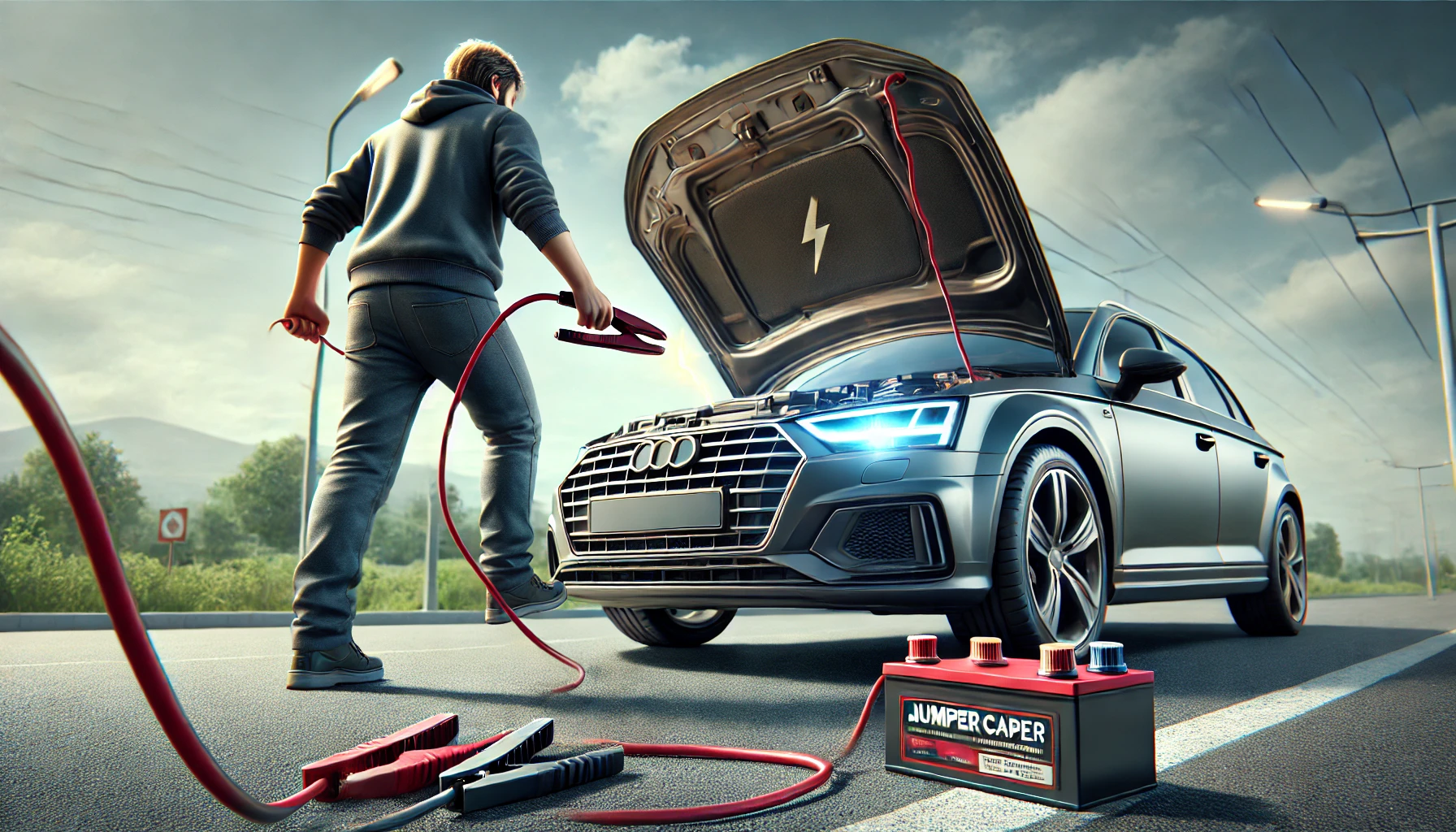The cooling system is essential for keeping your car’s engine at the right temperature. If it fails, your engine can overheat, leading to costly repairs or even complete engine failure. Understanding how the cooling system works and how to maintain it can help prevent overheating and keep your car running efficiently.
1. How the Cooling System Works
The cooling system regulates engine temperature by circulating coolant through various components. This process removes excess heat, preventing the engine from getting too hot.
Main components of the cooling system:
- Radiator – Cools down the hot coolant before recirculating it.
- Coolant (antifreeze) – Absorbs and transfers heat from the engine.
- Water pump – Circulates coolant through the system.
- Thermostat – Controls the flow of coolant based on engine temperature.
- Hoses – Transport coolant between components.
- Cooling fan – Helps cool the radiator when needed.
A properly functioning cooling system keeps the engine within the ideal temperature range, preventing damage and improving efficiency.
2. Common Causes of Engine Overheating
Several issues can cause your car’s engine to overheat. Some of the most common include:
1. Low Coolant Levels
Coolant absorbs heat from the engine. If levels are low, the system cannot function properly.
✅ Solution: Regularly check and top off coolant levels according to the manufacturer’s recommendation.
2. Coolant Leaks
Leaks can occur in the radiator, hoses, water pump, or head gasket, reducing coolant levels and causing overheating.
✅ Solution: Inspect the system for leaks and have them repaired immediately.
3. Faulty Thermostat
A stuck thermostat can prevent coolant from circulating, leading to rapid overheating.
✅ Solution: Replace the thermostat if the engine overheats frequently.
4. Broken or Failing Water Pump
The water pump is responsible for moving coolant through the system. If it fails, coolant cannot circulate properly.
✅ Solution: Listen for squeaking noises or check for leaks near the water pump; replace if necessary.
5. Radiator Blockage or Damage
A clogged or damaged radiator cannot effectively cool the coolant.
✅ Solution: Flush the radiator regularly and check for physical damage.
6. Malfunctioning Cooling Fan
If the fan doesn’t turn on, the radiator may not cool properly.
✅ Solution: Test the fan operation and replace faulty components if needed.
3. Signs Your Car Is Overheating
If your car starts overheating, you may notice these warning signs:
- Temperature gauge in the red zone
- Steam or smoke coming from the hood
- Burning smell from the engine
- Coolant warning light on the dashboard
- Loss of engine power or strange noises
4. What to Do If Your Car Overheats
If your car starts to overheat while driving:
- Turn off the air conditioning to reduce engine load.
- Turn on the heater to draw heat away from the engine.
- Pull over and turn off the engine as soon as possible.
- Wait at least 30 minutes before opening the hood to avoid burns.
- Check coolant levels and look for leaks if the engine has cooled down.
- Call for roadside assistance if you cannot fix the issue yourself.
Never continue driving with an overheating engine, as this can cause severe damage.
5. How to Prevent Engine Overheating
To keep your car’s cooling system in good condition, follow these maintenance tips:
Regular Maintenance Checklist:
✅ Check coolant levels at least once a month.
✅ Flush and replace coolant every 30,000 to 50,000 miles.
✅ Inspect hoses for cracks and leaks.
✅ Clean the radiator and ensure airflow is not blocked.
✅ Have the water pump and thermostat checked during regular service.
Final Thoughts
A well-maintained cooling system is essential for preventing engine overheating. By checking coolant levels, inspecting for leaks, and performing regular maintenance, you can keep your car running efficiently and avoid costly repairs. If you ever notice signs of overheating, take immediate action to prevent severe engine damage.


